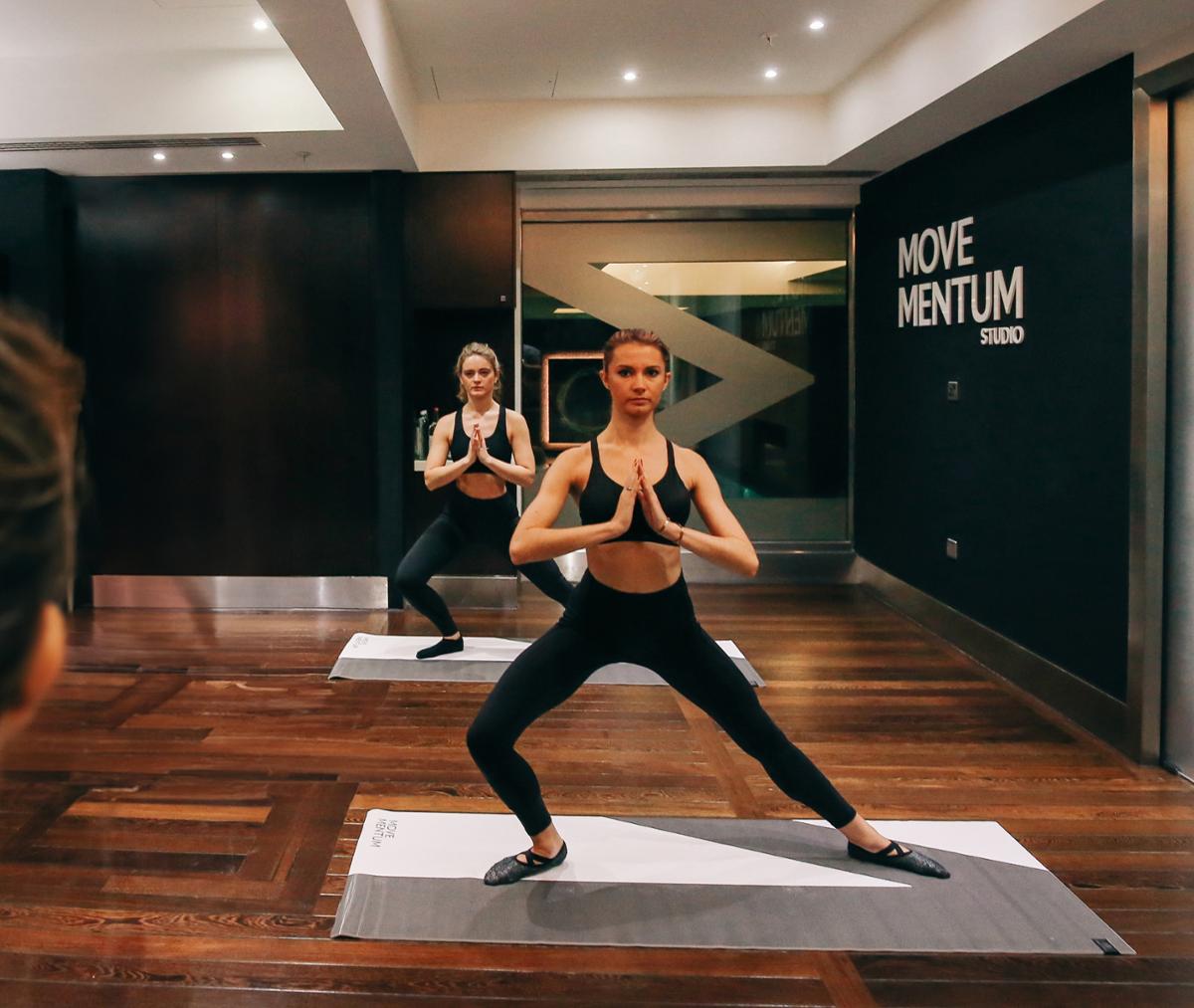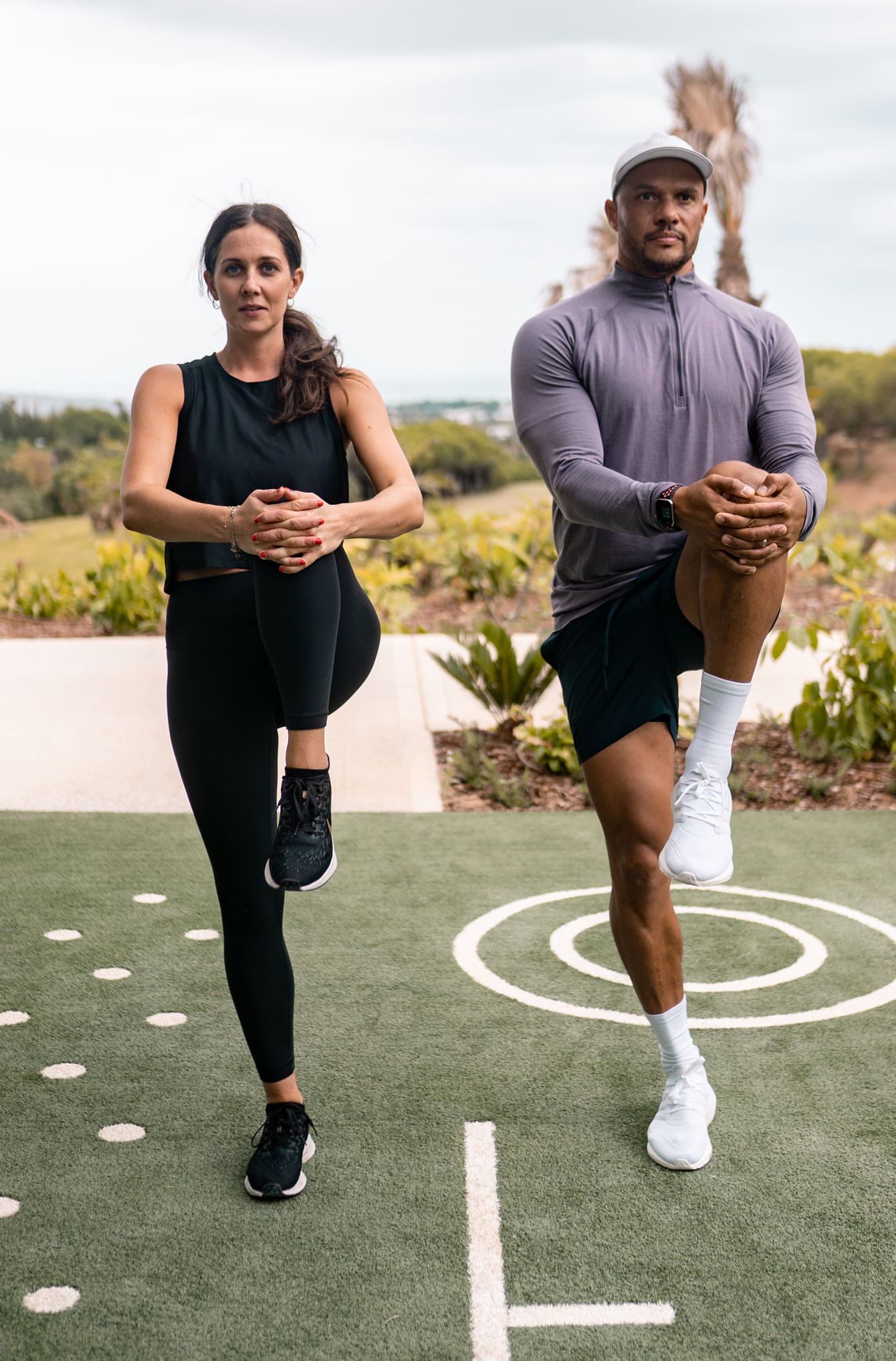According to Statista, 2.8 million people in the UK were not working due to long-term sickness in November 2023. This is a considerable increase since 2019, when 1.97 million were economically inactive for this reason.
The Health Foundation has calculated that worsening working-age health since early 2020 is adding £16bn to annual borrowing through higher welfare spending and foregone tax receipts.
Research by Vitality has shown that presenteeism – the term for working while ill with an impaired performance – has also increased and is strongly related to non-communicable diseases, such as diabetes, heart disease and kidney disease. Much of this ill-health is attributable to poor lifestyle behaviours, including inactivity and poor diets.
As health risks are interrelated and individuals who are risk of physical inactivity and poor diets are more likely to be at risk for chronic conditions as well, a large proportion of total work impairment is concentrated within a small segment of the population.
With the UK the only G7 economy yet to return to pre-pandemic levels, could workplace wellness help solve this problem? We ask the experts...





























































